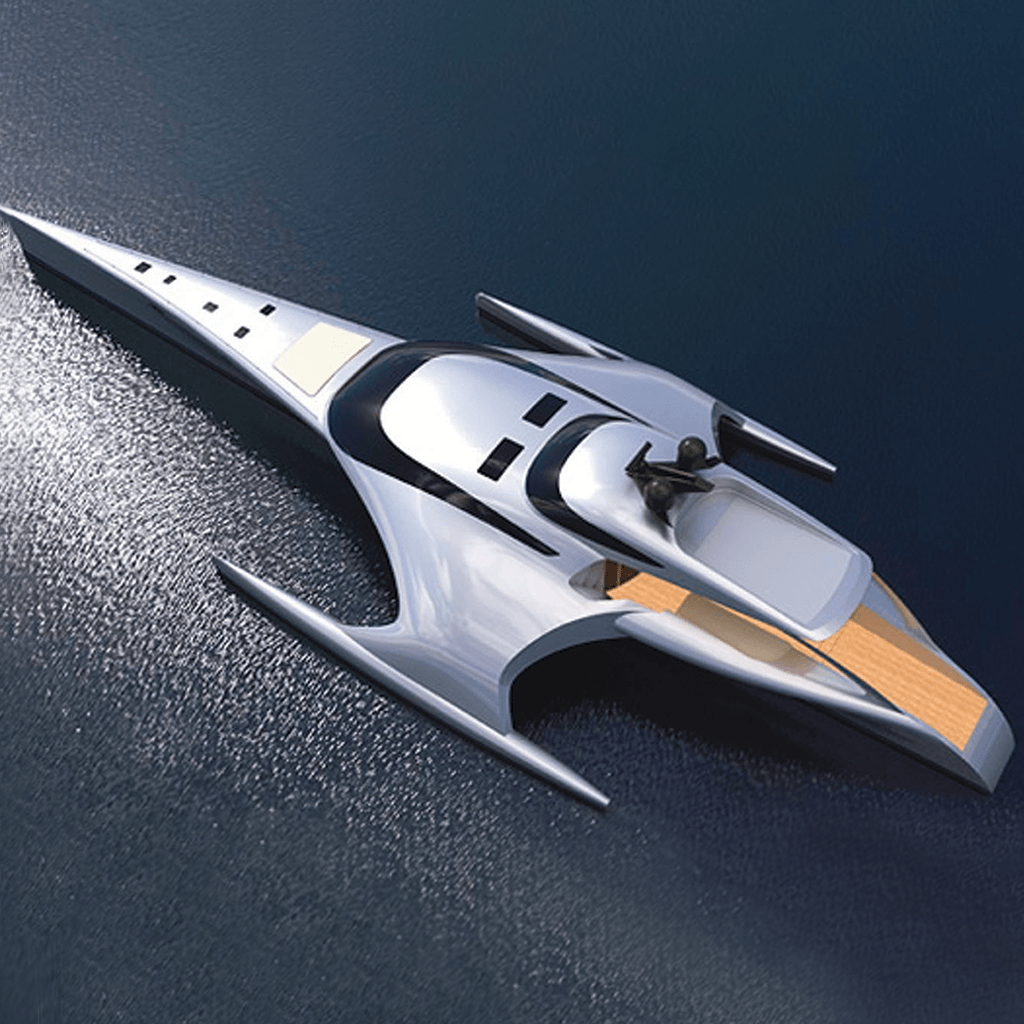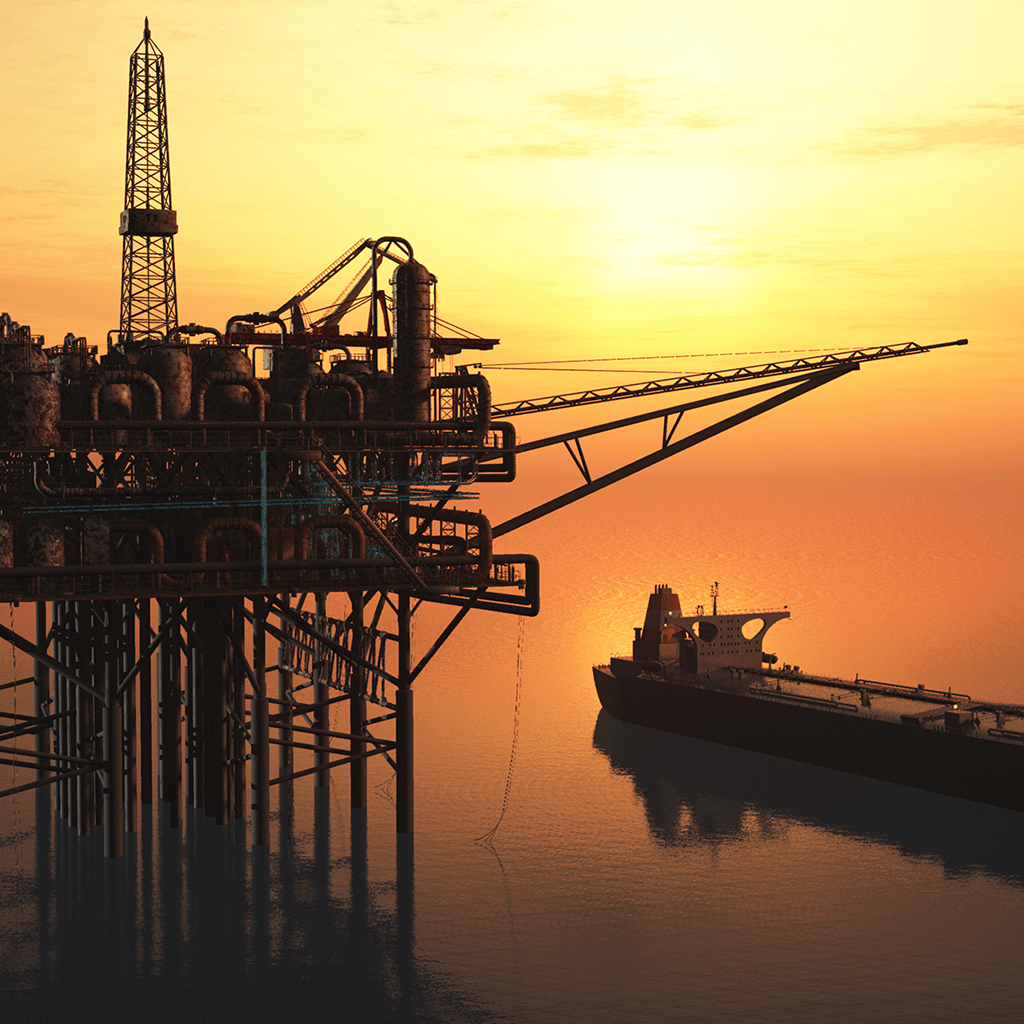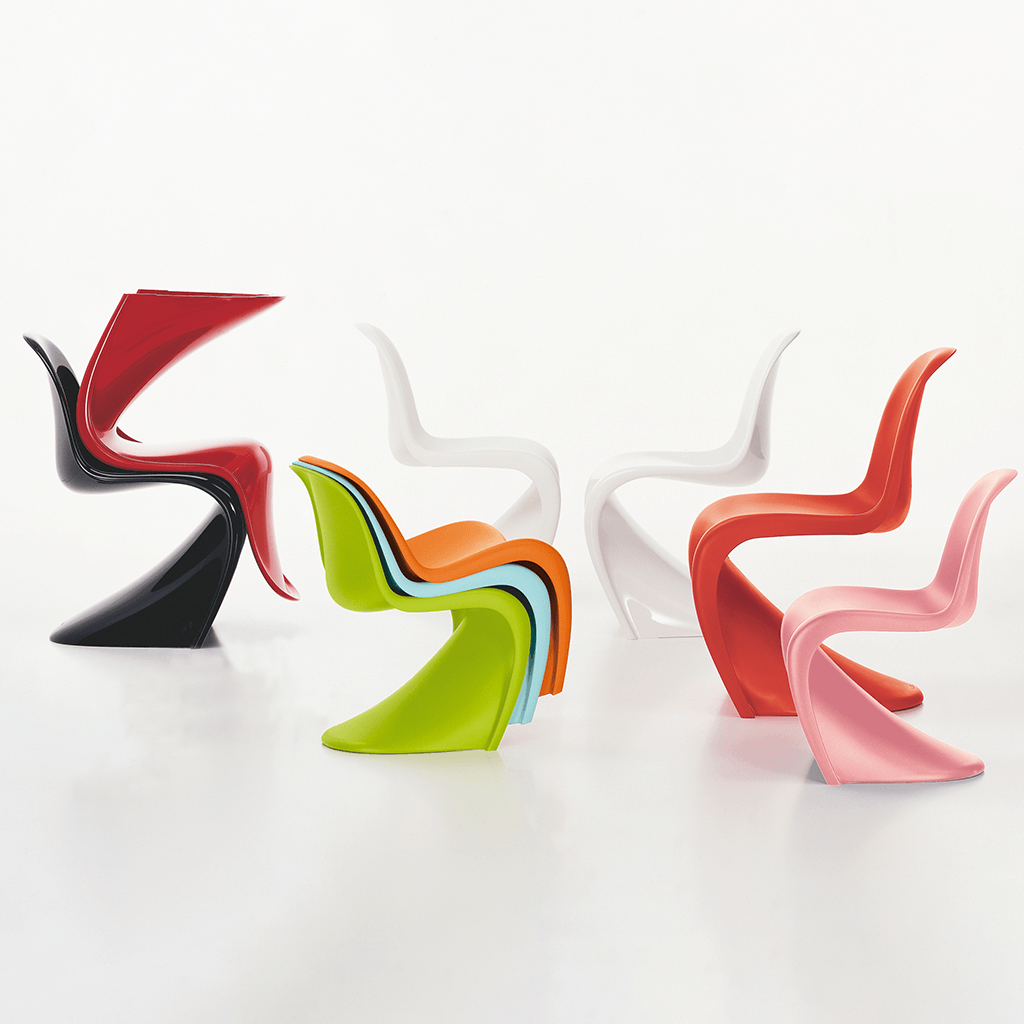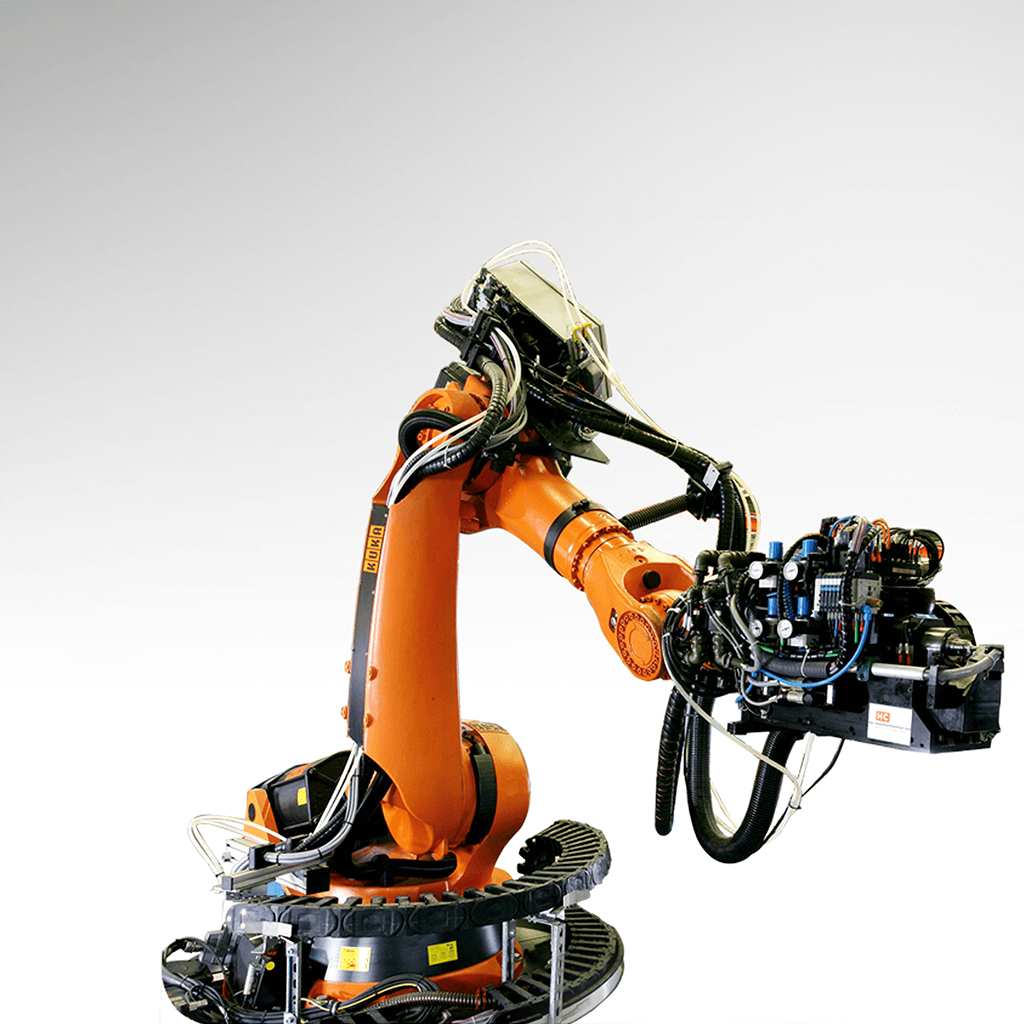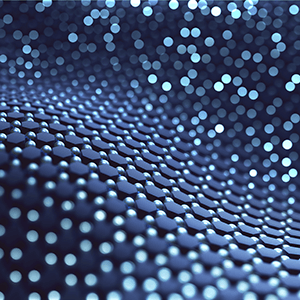Redefining architectural and design boundaries with advanced composite materials
Architecture and, in particular, building facades have long been defined by traditional materials. However, composite materials such as GFRP, CFRP and UHPC are increasingly being utilised by architects and designers to create elegant, diverse and exciting building forms. This article has been published in the JEC Composites Magazine N°154.

Composites have for many years been widely used in highly demanding, safety-critical applications, from aerospace to rail, wind energy and industrial products. Huge, monolithic elements such as wind generator blades and nacelles are testament to the incredible strength-to-weight ratio of products such as GFRP, and more recently CFRP, as well as their amazing durability in the harshest conditions and applications. Why is it then that composites are not more widely used in construction? Maybe this is due in part to a lack of knowledge or, perhaps, a dogged commitment to traditional materials.
Architectural trends: lighter, bigger, stronger?
As any other sector, contemporary architecture constantly evolves in response to industry drivers. A key recent trend is the increasing use of offsite, modular construction methods. This is largely driven by an economic and environmental landscape in which site labour is increasingly costly and scarce, and construction projects are governed by challenging environmental and sustainability targets.
Composite materials provide the perfect response. The high strength-to-weight ratio of GFRP and CFRP, together with their advanced structural properties, allow large, modular elements to be manufactured offsite cost and carbon effectively (Figure 1). Once transported to site, large areas of the building can be completed very quickly and cost effectively by small numbers of installers compared to traditional methods. Alongside the obvious site advantages, manufacture in factory-controlled environments generally results in a higher quality, more cost-effective product with greatly reduced site defects.

Environmental and lifetime cost benefits
In addition to time and cost savings, the use of composite materials in construction can deliver powerful environmental and sustainability benefits. A recent study exploring the construction of composite rail tunnels demonstrated a 60% carbon reduction through the use of structural composite modular elements instead of
traditional pre-cast concrete.
The same study estimated that the construction time could be reduced by up to 80% with the structural composite modular rail tunnel design due to the high level of pre-fabrication, large elements and low weights. Modules can be quickly and easily handled by small teams using standard lifting equipment, greatly reducing installation time and site costs (Figure 2).

The cost of ownership is also greatly reduced by the unique characteristics of these materials. Composite panels are impermeable to water and resistant to salinity, chemicals and other corrosive impacts, giving a long, maintenance-free lifespan. These factors are common across many applications.
Almost unlimited applications
Terms like parametric architecture are in vogue in the construction sector, with architects seeking signature forms to differentiate their buildings. Although aluminium can be formed or extruded and glass curved, the processes are expensive, the element size is limited, and both must be supported by subframes.
Composites can be moulded into almost unlimited, often self-supporting, shapes and finishes, with the size of elements only limited by transportation and installation constraints. Since the 1980s, GFRP materials have been successfully used to create large structural roof domes. The Al Fateh Grand Mosque in Bahrain, built in 1986, remains a landmark as the largest composite roof dome in the world, at 25 metres in diameter (Figure 3).

In more recent years, this technology has been extended to far wider applications including modular structural roof systems, facade and cladding elements, decorative canopies, shading structures and more. The world’s largest self-supporting cantilever roof, designed for the Carbon House project, was recently completed in Dammam (Saudi Arabia) (Figure 4).

The Carbon House 20-metre carbon fibre cantilever roof structure is supported by CFRP ribs and arches and uses no steel support. The carbon fibre panels were produced using an out-of-autoclave prepreg process. Each panel consists of internal ribs that, when assembled, act as a continuous structure that transfers the load to the foundation. An area of approximately 450 m2 is covered by 16 outer panels that, in turn, support 32 interior ceiling panels.
Where form and function must be combined, composites offer the perfect solution. At the recently completed SABIC headquarters in Jubail, Saudi Arabia, shading was integral in delivering the first carbon-neutral building in the region (Figure 5). The huge complex, comprising 24, 15 and 13-storey towers, is designed to closely integrate with the surrounding environment. The external glass facade is clad in over 30,000 m2 of highly-complex geometric shading structures manufactured in GFRP.

Another application of challenging form and function is the recent Network Rail Flow Bridge initiative in the UK. This innovative modular GFRP system is designed to improve the safety of level-crossings throughout the UK railway network. The suite offers a range of flexible and cost-effective stepped, ramped and lift configurations to suit a wide system, a stepped ‘S’ configuration, was opened to the public in Shropshire in January 2023 (Figure 6).

Ultra-high-performance concrete
In the same way that polymeric materials are strengthened with glass or carbon fibres, recent developments are seeing complex shapes being realised in cementitious composite materials, which achieve very high structural and strength properties by integrating micro-fibres.
The introduction of ultra-high-performance concrete offers architects similar moulding characteristics to GFRP or CFRP, with much slimmer, stronger panels than GFRC. The product uses micro-fibres – typically with a diameter of less than 0.20 mm and a length of 9 mm to 17 mm – to minimise cross sectional thickness and maximise flexural strength. Ultra-fine materials with a maximum grain size of 1 mm are used, with silica fumes as a filler to achieve optimum packing density. The resulting product typically achieves a compressive strength of >120 MPa and a flexural strength of 15 MPa to 40 MPa which, along with a high ductility, allows complex, precise shapes to be created using very slim panels. An illustration of the potential for this product is the Oakridge project in Vancouver, where modular ‘sanctuary pods’ were designed and created using slim (14 mm-thick) UHPC panels (Figure 7).

Each pod measures 4 m x 3 m and comprises 12 highly-complex, precisely-detailed UHPC panels and integrated UHPC seating, which are shipped in modular form for assembly in Vancouver prior to installation. Fully-assembled modules are lifted into position and connected to the building structure. Visionary developer Westbank is transforming both the skyline of Vancouver and the architectural landscape with this unique and innovative application for a truly advanced composite material.
Where next?
It is clear that composite materials can provide unique solutions for a range of contemporary architectural challenges. These products are being increasingly considered for use in exciting new developments, such as Neom and Trojena in Saudi Arabia, as well as specialist projects with unique design and performance requirements worldwide. Surely, it is time that architects and designers recognise the potential for composites to become a mainstream product.
Want to read more articles?
Subscribe for free now and access to the JEC Composites Magazine N°154.
Available in print, digital and via the mobile application.



